Extinct No More? 12 Facts About The Cottontail Discovery In Mexico
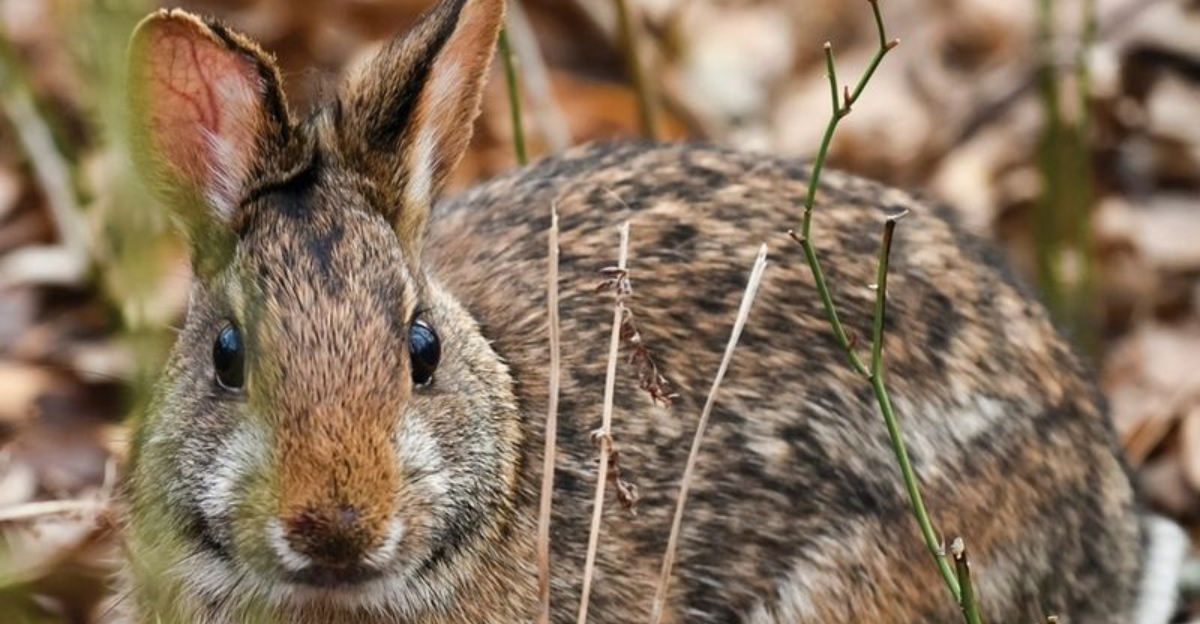
Scientists recently made an incredible discovery in Mexico – a species of cottontail rabbit thought to be extinct was found alive! The Omiltemi cottontail hadn’t been seen for decades, leading experts to believe it had vanished forever.
This unexpected finding gives hope for other supposedly extinct animals and highlights the importance of conservation efforts in protecting biodiversity.
1. Disappeared For Decades

Last spotted in 1998, the Omiltemi cottontail rabbit vanished without a trace, leading scientists to declare it extinct in 2019. For over 20 years, not a single sighting was reported despite multiple search expeditions.
The mysterious disappearance puzzled wildlife experts who combed through the rabbit’s native habitat in Mexico’s Sierra Madre del Sur mountains. Many feared the worst—another species lost forever to the growing extinction crisis.
2. Surprise Second Chance

Against all odds, researchers stumbled upon this ‘ghost’ species during a routine wildlife survey in 2023. The team couldn’t believe their eyes when camera traps captured unmistakable images of the supposedly extinct cottontail.
What makes this rediscovery extraordinary is how the rabbit managed to survive undetected for so long. It’s like finding a living dinosaur—a creature science had already mourned and memorialized suddenly hopping back into existence!
3. Tiny Population Hanging On

Only a handful of these rabbits appear to exist—possibly fewer than 50 individuals in the wild. Such a small population teeters on the edge of true extinction, making each rabbit incredibly precious.
Conservation biologists compare it to finding the last passengers on a sinking ship. The discovery has triggered urgent protection measures, with experts racing to understand how these survivors managed to endure despite habitat destruction and other threats.
4. Mountain Hideaway Home

These elusive cottontails inhabit the cloud forests of Guerrero state in southwestern Mexico, an area known for its unique wildlife. The cool, misty mountains provide the perfect hideout for a species trying to avoid extinction.
Living at elevations between 6,000-10,000 feet, these rabbits adapted to life where few people venture. Their remote habitat likely contributed to both their disappearance from scientific observation and their surprise survival.
5. Mistaken Identity Muddle
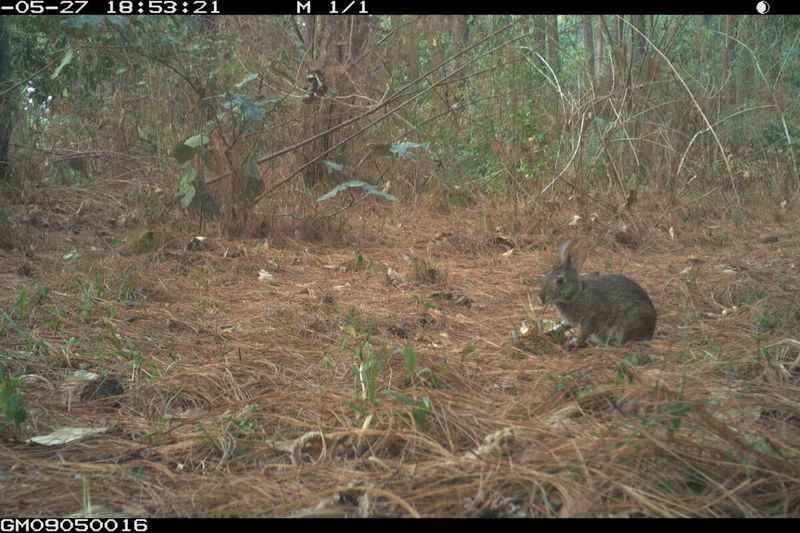
For years, local hunters occasionally reported seeing rabbits in the area, but scientists dismissed these accounts as confusion with common species. The Omiltemi cottontail looks remarkably similar to other rabbits found in Mexico.
What sets it apart? Subtle differences in ear length, fur coloration, and skull shape that only trained experts might notice. This case of mistaken identity helped the species remain hidden in plain sight while officially listed as extinct.
6. DNA Detective Work

Genetic testing proved crucial in confirming this wasn’t just any rabbit but the genuine Omiltemi cottontail. Scientists collected droppings and fur samples from the rediscovered population for DNA analysis.
The results revealed a genetic signature matching preserved museum specimens collected decades ago. This scientific detective work provided definitive proof that the supposedly extinct species had indeed returned from the dead, at least in biological record-keeping terms.
7. Logging Nearly Doomed Them
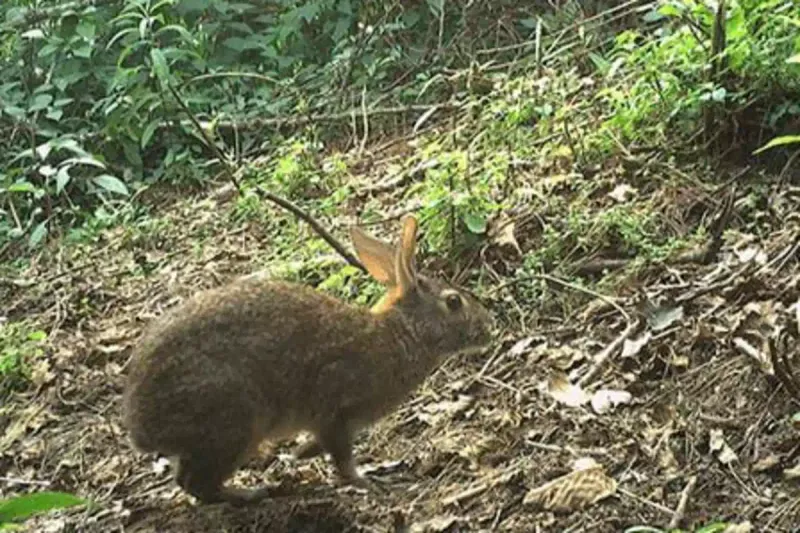
Rampant deforestation nearly wiped these rabbits off the planet for good. Their forest home in Mexico has been steadily shrinking due to illegal logging and agricultural expansion.
When trees disappear, so do the plants these rabbits depend on for food and shelter. The cottontails need dense underbrush to hide from predators and raise their young. With their habitat reduced to scattered fragments, it’s amazing any survived at all.
8. Climate Change Challenges
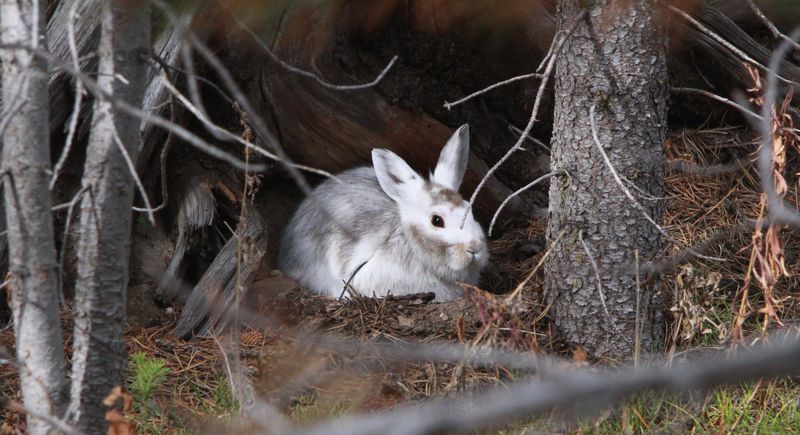
Rising temperatures pose a serious threat to these mountain-dwelling rabbits. The cool, moist conditions they depend on are changing as global warming alters rainfall patterns and increases temperatures in their habitat.
Scientists worry these climate shifts could push the rabbits even closer to extinction. Their specialized needs make them particularly vulnerable—they can’t simply relocate to cooler areas since they’re already living near mountain peaks with nowhere higher to go.
9. Conservation Comeback Plan

Following this miraculous rediscovery, scientists launched an emergency conservation program. The plan includes habitat protection, anti-poaching patrols, and potentially a captive breeding program as insurance against extinction.
Local communities are being enlisted as guardians of the forest and its rare rabbits. The cottontail has become a flagship species—a poster child for conservation whose protection benefits the entire ecosystem and other endangered animals sharing its habitat.
10. Lazarus Effect Example
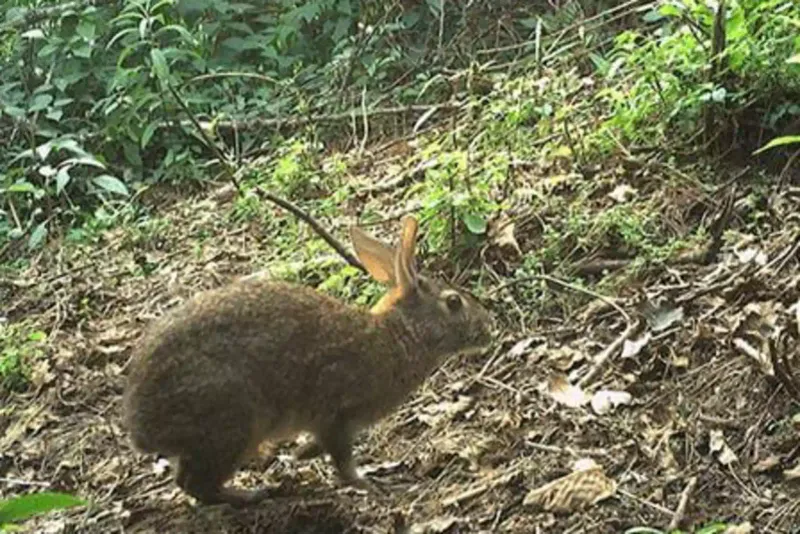
Biologists call species that reappear after being declared extinct “Lazarus species,” named after the biblical figure who rose from the dead. The Omiltemi cottontail joins remarkable creatures like the coelacanth fish and New Zealand takahē bird in this exclusive club.
Such rediscoveries challenge our assumptions about extinction and provide valuable second chances for conservation. They remind us that nature can be surprisingly resilient, sometimes hiding its treasures in the most remote corners of our planet.
11. Scientific Name Story

Known scientifically as Sylvilagus insonus, this rabbit’s name offers clues about its nature. “Sylvilagus” means “forest hare,” while “insonus” translates to “silent” or “soundless” in Latin.
The name perfectly captures this rabbit’s secretive character—so quiet and elusive it disappeared from scientific view for decades! Unlike some rabbit species that thump loudly to signal danger, these cottontails rely more on stealth and camouflage, making their silent nature part of their survival strategy.
12. Hope For Other ‘Extinct’ Animals
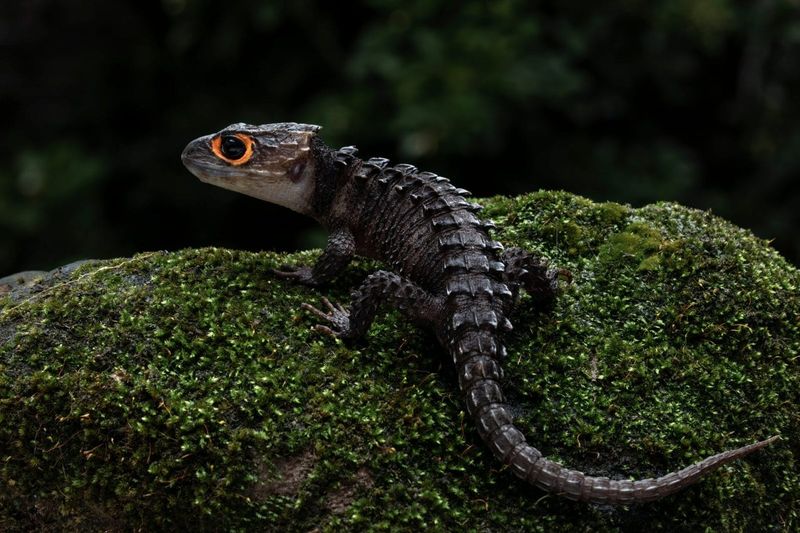
This rabbit’s reappearance sparks hope that other supposedly extinct species might still exist. Around the world, scientists are now revisiting areas where other lost animals were last seen, armed with new search technologies.
Camera traps, environmental DNA sampling, and drone surveys offer better chances of finding extremely rare creatures. The cottontail story reminds us that extinction declarations sometimes reflect our limited search capabilities rather than absolute certainty about a species’ fate.






